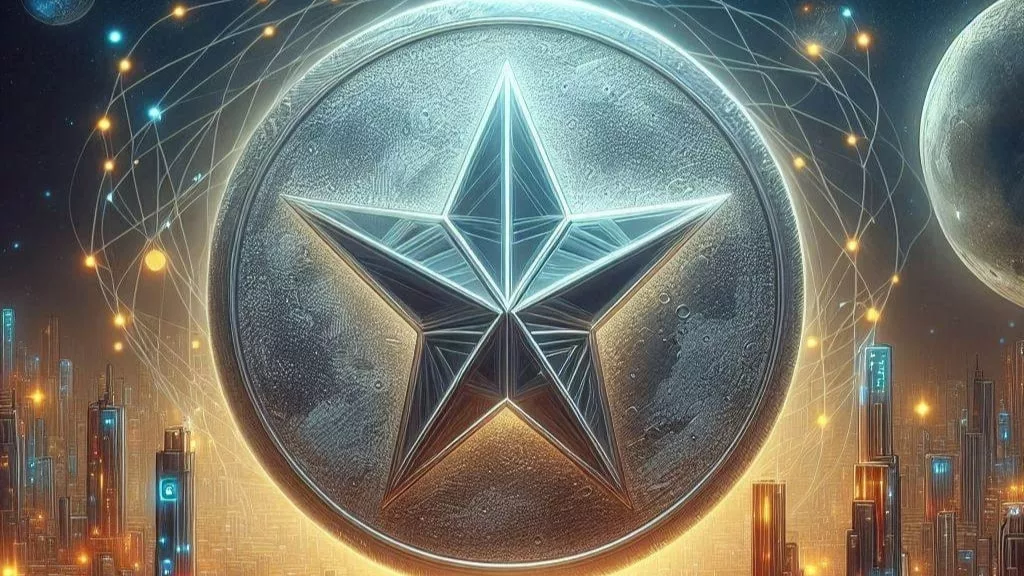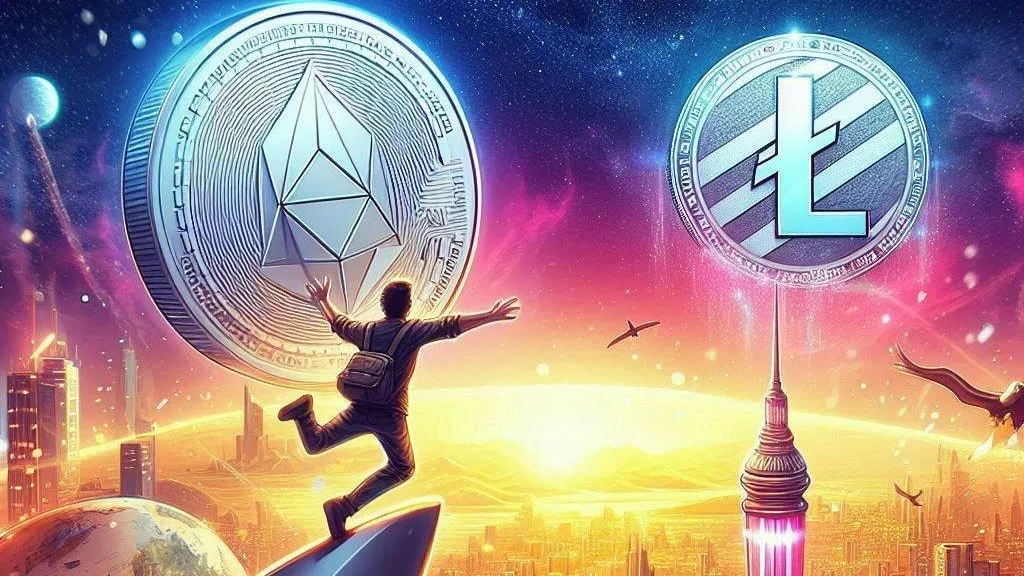
Ethereum’s gas fees have seen a significant plunge, with the average cost of a transaction dropping by a staggering 70% in just a few months. As of February 20, 2025, the price for a typical transaction on the Ethereum blockchain has fallen to around $0.80, a sharp contrast to the $20+ fees seen in 2024 during periods of high network activity. This unexpected drop has raised several questions among analysts and users alike about the factors behind such a dramatic reduction.
Ethereum Gas Fees Drop to Four-Year Lows
Ethereum, one of the most popular blockchains globally, is the backbone of many projects, including decentralized finance (DeFi) platforms and non-fungible tokens (NFTs). However, recent data reveals that the daily gas fees on the Ethereum network have decreased substantially. According to insights from IntoTheBlock, the daily gas fees on Ethereum fell from a peak of $23 million to just $7.5 million in February 2025.
The average gas price, a key metric of transaction costs on the Ethereum blockchain, has plummeted to about 5 gwei, equivalent to roughly $0.80 per transaction. This marks a stark decline from the $20 or more gas fees that were commonplace during the peak of 2024’s activity. So, what’s behind this sudden and dramatic change in Ethereum’s fee structure?
The Role of Ethereum Layer 2 Solutions
One of the major factors contributing to the drop in gas fees is the widespread adoption of Ethereum Layer 2 (L2) solutions. Layer 2 networks, such as Arbitrum, Optimism, and Base, are built to process transactions off the main Ethereum blockchain (mainnet) while still leveraging the security of Ethereum. By doing so, these solutions help offload a significant portion of transactions, thereby reducing congestion on the mainnet and, in turn, lowering gas fees.
The rise of these L2 solutions has been remarkable. In the past year, the combined daily transaction volume on L2 networks surged from approximately 800,000 to more than 1.5 million. A key event in this shift was the Dencun upgrade, which introduced “blobs” that significantly reduced the cost of data on L2 networks. As a result, gas fees on L2 platforms have dropped by as much as 90%. For instance, the average gas fee on Arbitrum has fallen from around $2 to just $0.15 per transaction post-upgrade.
This efficiency boost has been a game-changer, as it draws users and transactions away from Ethereum’s congested mainnet and onto the cheaper and faster L2 networks. These solutions are becoming increasingly attractive due to their reduced costs and faster transaction times.
The Decline in Ethereum Mainnet Activity
Another key reason for the drop in gas fees is the decrease in activity on Ethereum’s mainnet. Data from IntoTheBlock shows a decline in daily Ethereum transactions, which dropped from 1.2 million in January 2024 to just over 900,000 in February 2025. This slowdown in activity is also reflected in the decentralized exchange (DEX) market, where daily trading volumes have dropped from a peak of $5 billion in 2024 to around $2.62 billion as of February 2025.
This decrease in network activity can be attributed to several factors. A notable one is the waning interest in speculative assets like memecoins and the slowing demand for NFTs. As the initial hype around these areas starts to fade, there has been less demand for the block space that Ethereum’s mainnet offers. Additionally, Ethereum’s recent upgrades, including the Dencun upgrade, have led to an increase in the number of tokens being issued relative to those burned. In fact, ETH issuance has exceeded burns by 197,000 ETH, amounting to approximately $500 million.
With fewer transactions being processed and less congestion on the network, Ethereum’s overall fee pressure has eased. This drop in demand for block space has directly contributed to lower gas fees for users still interacting with the network.
What Does the Future Hold for Ethereum Gas Fees?
While the reduction in Ethereum’s gas fees is a welcome development for users, it also raises questions about the future trajectory of the Ethereum network. Lower transaction fees could help encourage wider adoption of Ethereum’s ecosystem, particularly for smaller users and developers who were previously priced out by high fees. However, there are potential challenges on the horizon, such as the fragmentation of liquidity across different L2 solutions.
As Ethereum’s Layer 2 networks continue to grow, Ethereum’s mainnet may evolve into more of a security layer rather than the primary hub for transaction processing. Networks like Base, with a total value locked (TVL) of $8 billion, are attracting significant user activity, but with each L2 network operating independently, liquidity may become fragmented. This could make it harder for users to access the full benefits of Ethereum’s ecosystem without interacting with multiple solutions.
However, the overall shift toward cheaper transactions and more scalable solutions is a positive sign for Ethereum’s long-term growth. As the blockchain continues to evolve and Layer 2 networks mature, Ethereum could see even greater adoption, especially if gas fees remain low and network congestion continues to ease.
Final Thoughts
The sharp decline in Ethereum gas fees marks a significant shift in the blockchain’s ecosystem, driven by the rise of Layer 2 solutions and a decrease in mainnet activity. As transaction costs fall, the Ethereum network becomes more accessible to users, developers, and projects alike. However, the growth of Layer 2 solutions also presents challenges, particularly with liquidity fragmentation. Despite this, Ethereum’s future looks promising, with continued advancements in scalability and cost efficiency.
In the coming months, it will be crucial to monitor how Ethereum’s ecosystem evolves in response to these changes, particularly as Layer 2 solutions continue to gain traction.



Get the latest Crypto & Blockchain News in your inbox.